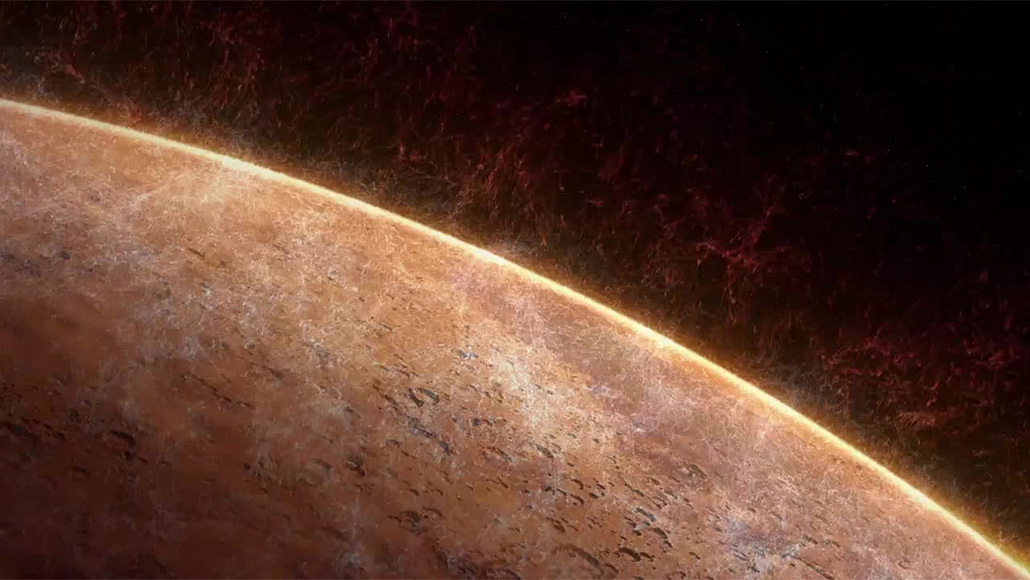Chemical reactions high in Mars’ atmosphere rip apart water molecules
The process, which takes four hours on average, helps explain why Mars loses water so fast

Mars is so arid because its water is constantly escaping into space, as seen in this illustration. A new study suggests this process can occur higher in the atmosphere and more quickly than previously thought.
GSFC/NASA, LASP/CU







